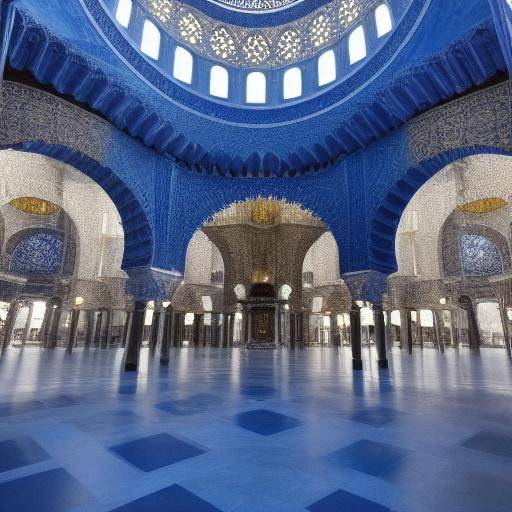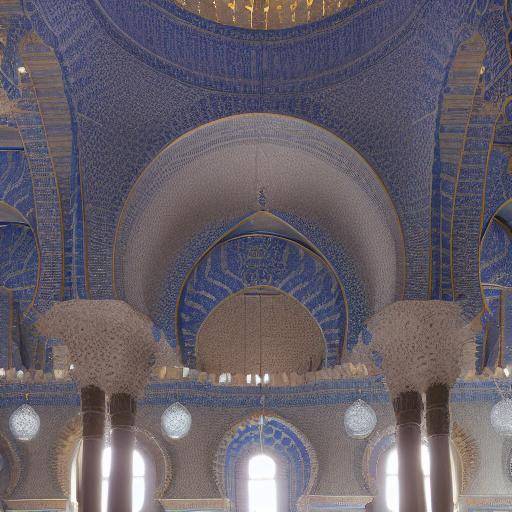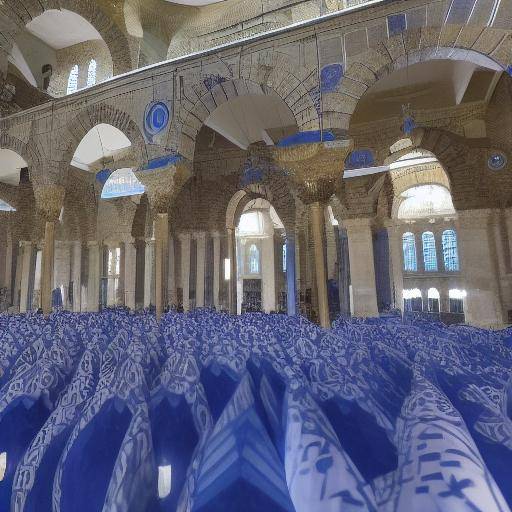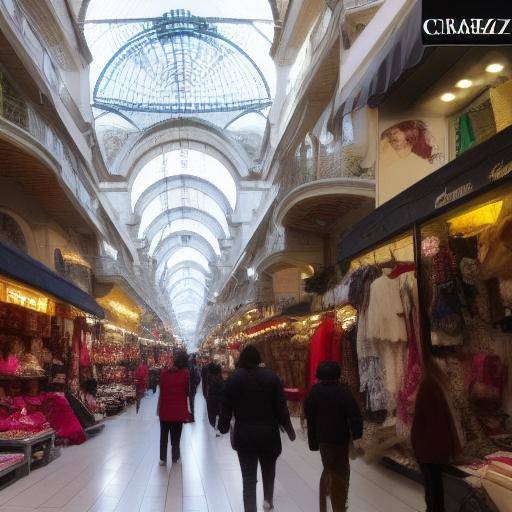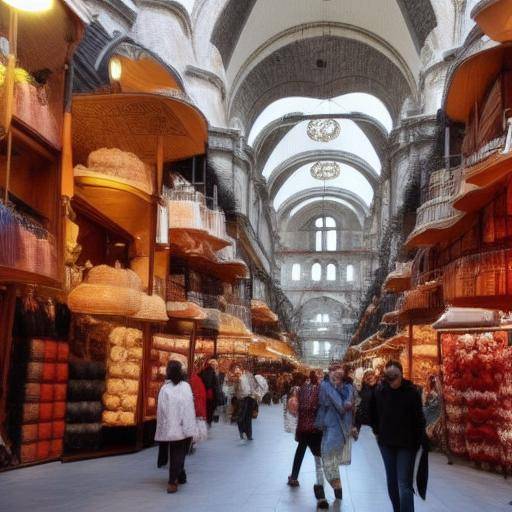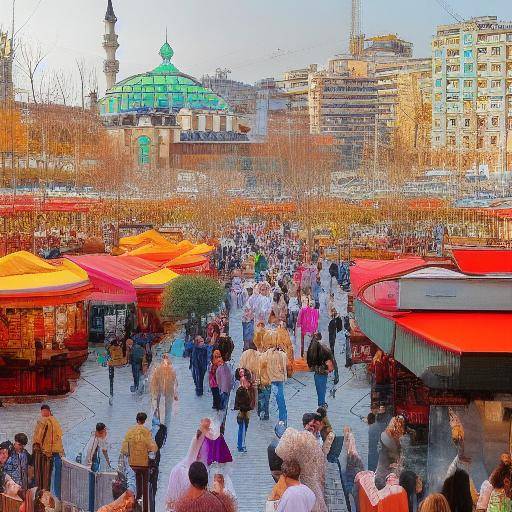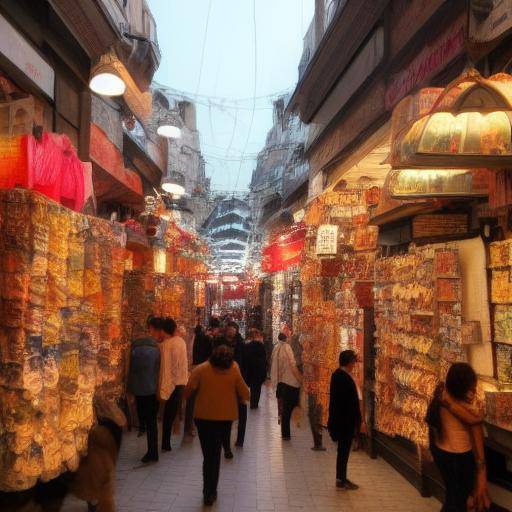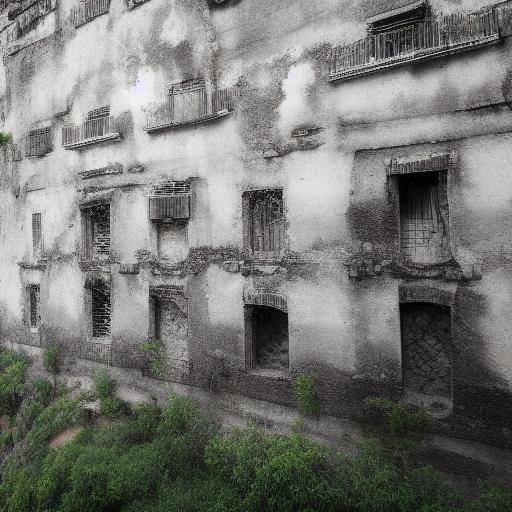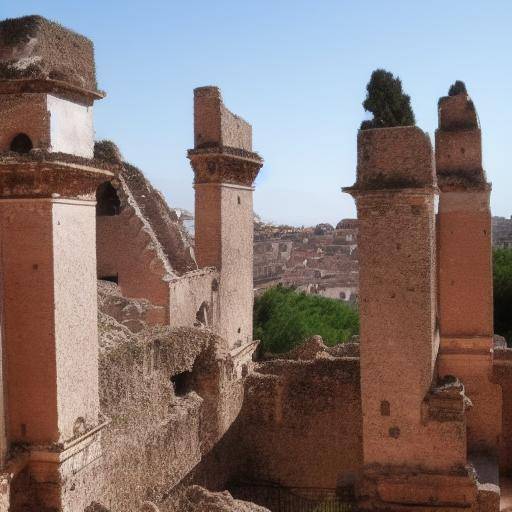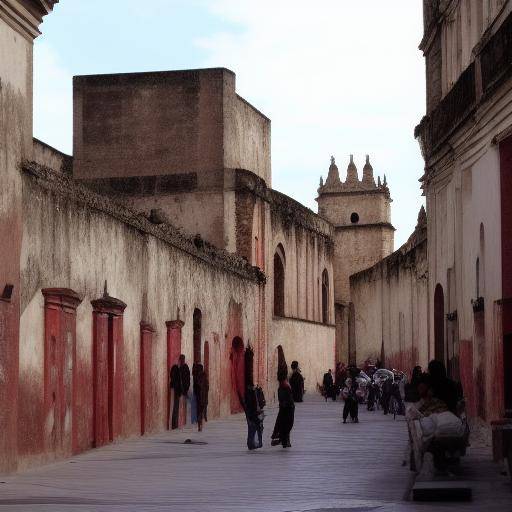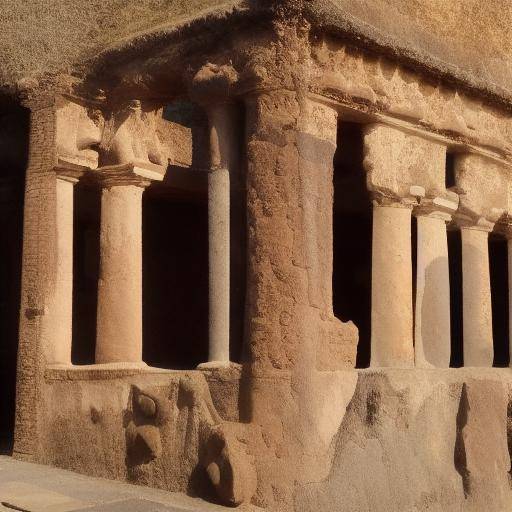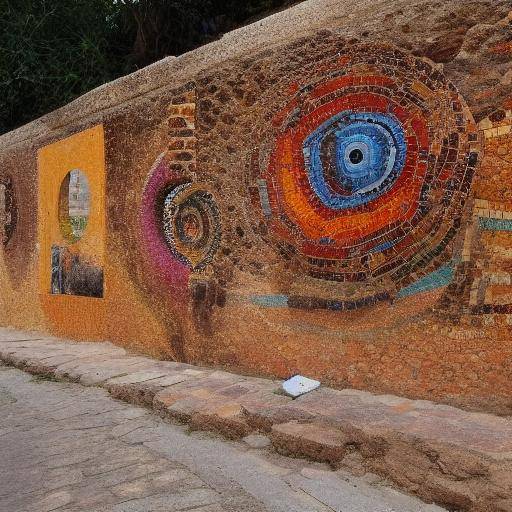
Welcome to a journey through ancient art in the ruins of Ephesus, a historic city located in Turkey. In this article, we will explore the rich history and artistic legacy of this ancient metropolis, from fascinating sculptures to impressive mosaics and artifacts that witness the greatness of Ephesus. Join us on this journey to discover the beauty and meaning behind these masterpieces of ancient art.
Introduction
Ephesus, an ancient city located on the coast of the Aegean Sea in what is now Turkey, is an archaeological treasure that houses an abundance of ancient art, including sculptures, mosaics and artifacts dating from past times. These works of art are not only testimony to the artistic skill of their creators, but also provide a window to the life and culture of the time in which they were created.
History and Background
Ephesus is known for its historical importance and rich cultural heritage. Founded in the 11th century BC by the Ionian Greeks, the city became an important commercial and cultural center during the Hellenistic and Roman period. Its strategic location at the intersection of land and sea trade routes made it a thriving metropolis.
Over the centuries, Ephesus witnessed the influence of various civilizations, from Greeks and Romans to Byzantines and Ottomans. This rich cultural legacy is reflected in the art and architecture of the city, which merges elements of these different cultures.
Art in Ephesus encompasses a wide range of creative expressions, from statues and reliefs to paintings and mosaics. These artistic manifestations not only embellished the city, but also played a crucial role in the expression of the identity and beliefs of its inhabitants.
Analysis in Deep
Art in the ruins of Ephesus offers a unique vision of everyday life, religious beliefs and aesthetic aspirations of its former inhabitants. The mosaics, for example, adorned the floors of public residences and buildings, representing mythological scenes, exuberant nature and geometric motifs.
The sculptures, for their part, portrayed gods, heroes and prominent figures of society, capturing human beauty and expressivity with exceptional skill. These sculptural masterpieces conveyed both a sense of idealization and realism, revealing the aesthetic aspirations and cultural values of the time.
The artifacts discovered in Ephesus, ranging from ceramic utensils to exquisitely crafted jewels, allow to rebuild the everyday life and artisanal practices of the ancient city. These objects, meticulously preserved, offer a tangible view of the materiality and craftsmanship of the time.
Comprehensive review
Art in Ephesus is not only a testimony to the artistic and technical skill of its creators, but also plays an important role in understanding the history and culture of the ancient city. Artistic representations in sculptures, mosaics and artifacts reveal stylistic patterns, cultural symbols and visual narratives that enrich our understanding of life in the former Ephesus.
Ephesus' ancient art also provides a platform to explore the interaction between different cultures and stylistic evolution over time. The comparative study of the Greek, Roman, Byzantine and Ottoman influences in the art of Ephesus allows us to trace the evolution and the stylistic diversity that characterize this unique city.
Comparative analysis
By comparing the art of Ephesus with other artistic manifestations of antiquity in Turkey, we can appreciate significant similarities and differences. For example, hellenistic and Roman influences in the art of Ephesus are intertwined with the indigenous artistic traditions of Anatolia, creating a distinctive fusion of styles and motifs. In contrast, the Hittite Art and Byzantine Art in other regions of Turkey reflect a unique aesthetic and symbolism, rooted in specific cultural traditions.
Practical Tips and Accessible Recommendations
If you plan to visit Ephesus to explore its ancient art, here are some practical tips to get the most out of your experience:
- Research the history and context of art in Ephesus before your visit to fully appreciate its significance.
- Hire a tour guide specializing in archaeology for detailed information on the works of art and archaeological sites.
- Come to the sculptures and mosaics to appreciate their detail and expressivity, trying to understand their historical and cultural context.
Industry ideas and Expert Reviews
Experts in ancient art highlight the importance of preserving and studying the artistic heritage of Ephesus to better understand the culture and society of the old city. His work sheds light on the artistic techniques, symbolism and cultural influences that shaped art in the region. They also point to the need to promote conservation and public access to these masterpieces for future generations.
Case Studies and Real Life Applications
Several institutions and museums in Turkey are dedicated to the preservation and display of the ancient art of Ephesus, providing fertile ground to study and appreciate these works in an educational and cultural environment. In addition, the restoration of sculptures, mosaics and artefacts in Ephesus offers interesting perspectives on conservation techniques and ethics in archaeological practice.
Future Trends and Predictions
As interest in ancient art and archaeology continues to grow, there is a renewed emphasis on interdisciplinary research and international collaboration to unravel the mysteries of art in Ephesus and other regions of Turkey. In addition, the use of digital technologies for the preservation and dissemination of ancient art promises to open new borders in the access and appreciation of these wonders of the past.
Conclusions
In short, art in the ruins of Ephesus is a fascinating testimony of human creativity, cultural diversity and the complex history of this ancient city. From marble sculptures to elaborate mosaics, every work of art reveals a world of meaning and beauty that continues to amaze those who explore the ruins of Ephesus today. By understanding and appreciating this ancient art, we can connect more deeply with the legacy of Ephesus and the lasting role of art in the history of humanity.
Frequently asked questions
What kind of art can you find in Ephesus?
In Ephesus you can find a wide variety of artistic expressions, including marble sculptures, reliefs, mosaics, mural paintings and a multitude of artifacts that witness the daily life of the ancient city.
What is the importance of art in the ruins of Ephesus?
Art in Ephesus not only provides a unique view of the aesthetics and beliefs of the ancient city, but also serves as a tangible record of history and culture that defines Ephesus.
What is the best time to visit Ephesus and enjoy its ancient art?
Spring and autumn are the ideal seasons to visit Ephesus, as the weather is more temperate and the influx of tourists is less, which will allow you to enjoy a quieter atmosphere to explore ancient art in the ruins of Ephesus.
What are the main museums or places to appreciate the ancient art of Ephesus in Turkey?
The Museum of Ephesus Archaeology and the Museum of Turkish and Islamic Art in Istanbul are two outstanding places where artifacts, sculptures and mosaics from Ephesus are displayed, providing a unique opportunity to explore and learn about ancient art.
What is the best way to preserve the ancient art of Ephesus for future generations?
The preservation of Ephesus' ancient art requires an integral approach that includes advanced conservation techniques, public education, and continuous support for archaeological research and excavations in the area.
How has Ephesus' art influenced contemporary art and culture in Turkey?
The art of Ephesus has left an indelible mark on the cultural identity of Turkey, influencing the aesthetics, crafts and visual narrative of the region to the present day.
What is the importance of archaeology in understanding the ancient art of Ephesus?
Archaeology plays a fundamental role in the recovery, documentation and preservation of Ephesus' ancient art, shedding light on everyday life, craft practices and aesthetic expressions of the old city.
In conclusion, art in the ruins of Ephesus invites us to a journey in time, revealing the artistic and cultural treasures that lie in the depths of history. In exploring these wonders of the past, we enrich ourselves not only with knowledge, but also with a deeper appreciation of the extraordinary creativity and lasting legacy of ancient art in Ephesus, Turkey.



